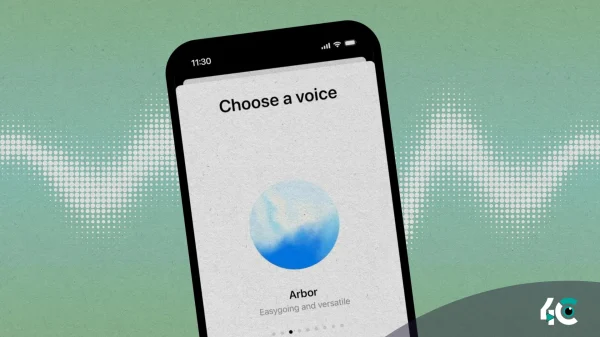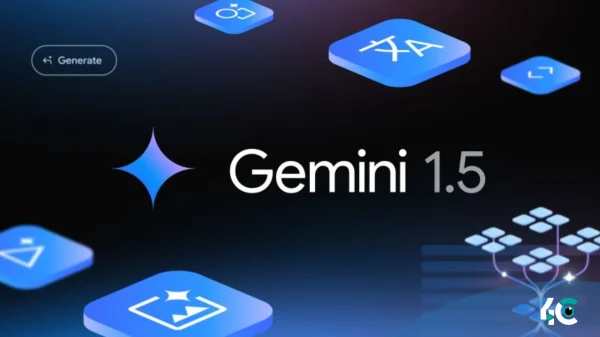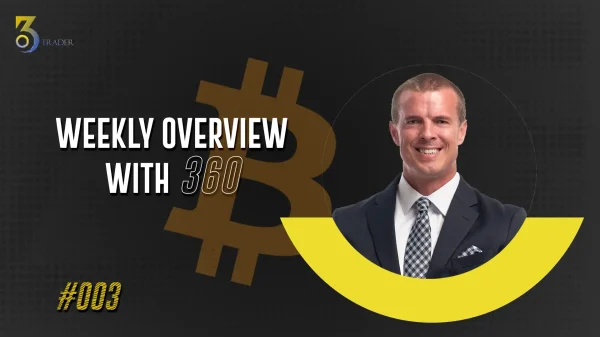By experimenting with tokenized gold investments, Swiss bank UBS—the biggest in the country—is advancing blockchain technologies. Launched on ZKsync, a Layer-2 Ethereum scaling system, the financial institution’s UBS Key4 Gold proof-of-concept (PoC) experiment is Retail investors wishing to trade digital gold can benefit from this program’s accessibility, security, and efficiency.
With its real-time pricing, safe storage, and even physical delivery choices, the UBS Key4 Gold platform lets customers invest in fractional gold holdings. Originally created on the UBS Gold Network—a permissioned blockchain linking distributors, vaults, and liquidity providers—the product is now under development on ZKsync Validium to improve scalability and interoperability.
By storing data off-chain, ZKsync’s Validium technology offers notable benefits like lowering transaction costs and speeding processing. This way, it guarantees user privacy and the security of transactions. The shift to include blockchain in gold investments fits UBS’s larger digital asset strategy, which seeks to modernize conventional financial products by means of creative technology.
Co-founder of ZKsync Alex Gluchowski underlined how blockchain can transform finance. Zero-knowledge technology, he thinks, will be crucial for the development of the sector since it would allow safe and flawless digital transactions. The most recent blockchain experiment by UBS shows how financial companies may use distributed technologies to provide better investment options.
Traditional banks are investigating blockchain uses as interest in tokenized assets and web-based solutions grows. UBS’s project could open the path for more general acceptance of blockchain-based investment products as technical innovations and regulatory changes define the financial scene. As the trial runs, it will be interesting to observe how UBS negotiates the possibilities and difficulties this creative approach to gold trading presents.















































